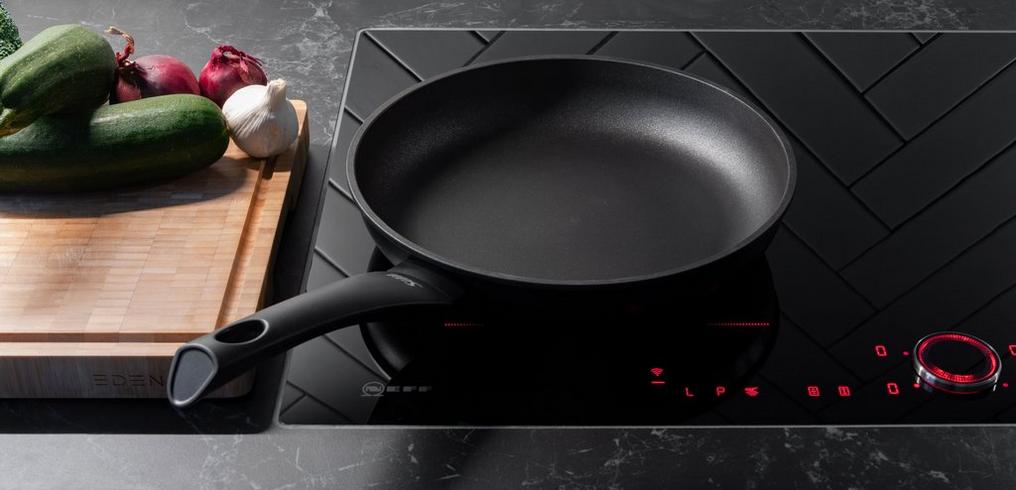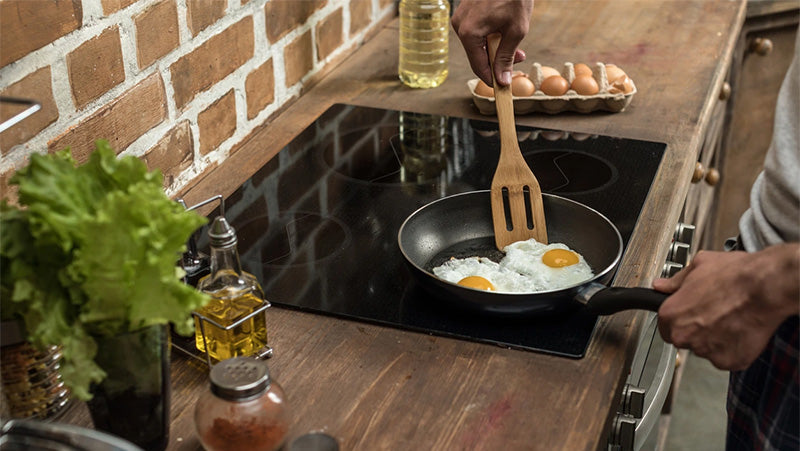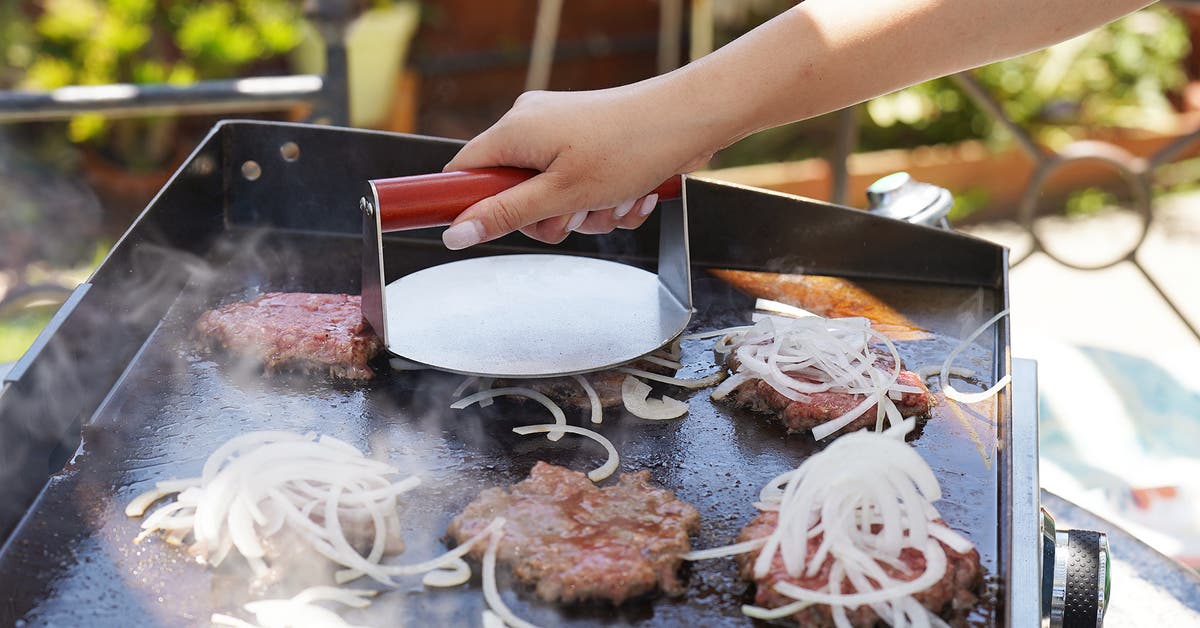In the world of culinary arts, the importance of the right tools cannot be overstated. For kitchen professionals, mastering the art of making pancakes on cast iron induction is not just a skill; it's an experience that marries tradition with modern technology. The technique combines the robust nature of cast iron with the precision of induction cooking, offering a unique approach to this breakfast staple.

Why Choose Cast Iron for Induction Cooking?
Cast iron has been a favorite among chefs for centuries due to its superior heat retention and even cooking properties. When paired with an induction cooktop, cast iron pans heat up quickly and maintain a steady temperature, crucial for achieving perfect pancakes. Induction cooking provides precise temperature control, ensuring that your pancakes are cooked evenly without hotspots.
To understand the compatibility of cast iron with induction cooktops, one might wonder, does cast iron work on induction cooktops? The answer is a resounding yes. Cast iron's ferromagnetic properties make it ideal for induction cooking, which relies on magnetic fields to generate heat directly in the cookware.
Preparing Your Cast Iron Pan
Before you start making pancakes on cast iron induction, it's essential to prepare your pan properly. Seasoning your cast iron pan is a crucial step that enhances its non-stick properties and adds flavor depth to your pancakes. A well-seasoned pan will also make flipping pancakes a breeze, reducing the risk of sticking and tearing.
For those new to heat control on induction, remember to preheat your pan on a low setting. Gradually increase the temperature to ensure an even heat distribution across the cooking surface. This technique allows the pan to reach the desired temperature without the risk of warping or damaging the seasoning layer.
Crafting the Perfect Pancake Batter
The foundation of any great pancake is its batter. While the ingredients may seem simple, the balance between them is key to achieving the perfect texture. A classic pancake batter includes flour, eggs, milk, baking powder, and a pinch of salt. For a professional touch, consider adding a dash of vanilla extract or a sprinkle of cinnamon for added flavor.
Mixing the batter requires a gentle hand. Over-mixing can activate the gluten in the flour, resulting in tough pancakes. Instead, stir the ingredients just until combined. The batter should have a few lumps, indicating it's ready for cooking.
Cooking Process on Induction
Now comes the exciting part: cooking your pancakes. When the pan is adequately preheated, lightly grease it with butter or oil. Pour a ladle of batter onto the pan, allowing it to spread naturally. The key is to cook the pancakes over medium heat, ensuring the inside cooks through without burning the outside.
Induction cooktops are known for their precise temperature control. Use this feature to your advantage by adjusting the temperature as needed. When bubbles form on the surface and the edges look set, it's time to flip the pancake. Cook until the other side is golden brown.
Troubleshooting Common Issues
Even seasoned professionals encounter challenges when making pancakes on cast iron induction. If your pancakes are sticking, it could be due to insufficient seasoning or improper heat control. Ensure your pan is well-seasoned and preheated before adding the batter.
For pancakes that are too thick or thin, adjust the batter consistency. If they are undercooked in the center, lower the heat and extend the cooking time, allowing the pancakes to cook thoroughly without burning.
Cleaning and Maintaining Your Cast Iron Pan
Once you've mastered the art of pancake making, it's crucial to properly care for your cast iron pan. After cooking, let the pan cool slightly before cleaning. Use a brush or sponge with hot water to remove any food residue. Avoid using soap, as it can strip the seasoning.
Dry the pan thoroughly to prevent rusting and apply a thin layer of oil before storing it. This practice will keep your cast iron in top condition, ready for your next culinary adventure.

FAQs
Can I use non-stick spray on cast iron?
While non-stick spray can be used, it's unnecessary with a well-seasoned pan. Instead, use a small amount of oil or butter.
How do I know when the pan is hot enough?
To test the heat, sprinkle a few drops of water on the pan. If they sizzle and evaporate immediately, the pan is ready for cooking.
Is it safe to wash cast iron with soap?
It's generally recommended to avoid soap, as it can remove the seasoning. Instead, use hot water and a brush for cleaning.





Leave a comment
This site is protected by hCaptcha and the hCaptcha Privacy Policy and Terms of Service apply.